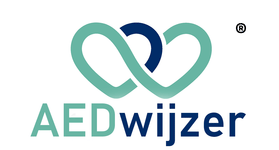Who will use the AED?
An AED (Automated External Defibrillator) is a vital tool that can save lives in the event of sudden cardiac arrest. But who will use this AED, and how can we ensure its use is as effective as possible? Here are some key points to consider:
Suitable for everyoneAEDs are designed to be used by everyone, from trained first responders to non-medical bystanders. With clear instructions and simple operation, even laypeople can provide life-saving aid before professional help arrives. This makes AEDs accessible to a wide audience, increasing the chance of a successful resuscitation.
CPR feedback for emergency responders
Some advanced AED models offer CPR feedback. This feature provides real-time feedback on the quality of CPR, such as the depth and rate of chest compressions. This is extremely useful for both professional rescuers and bystanders, as it helps to perform CPR as effectively as possible. Providing continuous feedback increases the likelihood of successful CPR and improves the victim's chances of survival.
Multilingual AEDs
In an increasingly international world, it is important to consider language barriers. That is why multilingual AEDs are available, which provide spoken instructions in different languages. This ensures that, regardless of the user’s language, the AED can be used effectively. The ability to switch between languages makes these devices ideal for use in public spaces where people of different nationalities come together.
Conclusion: Everyone can save a life
By providing AEDs with features such as CPR feedback and multilingual support, we make it possible for everyone to save a life, regardless of their experience or language background. Whether you are a professional rescuer or a casual bystander, a well-equipped AED can make all the difference. That is why it is essential to look for features that increase effectiveness and accessibility for all users when choosing an AED.

